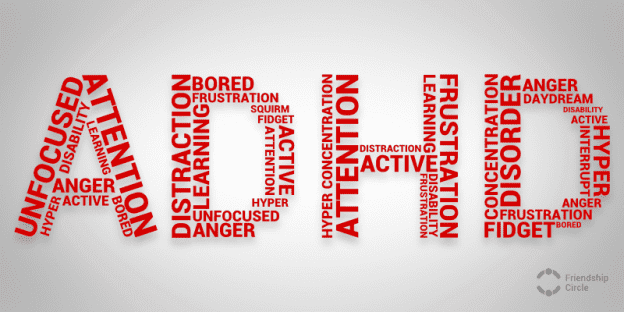 What is ADHD?
What is ADHD?
Although you probably know that ADHD is about attention struggles, there’s a lot more to this common learning disability. Here are four things that might surprise you.
- ADHD is actually rooted in clusters of weak cognitive skills. Most of the students who came to LearningRx with a diagnosis of ADHD had, in addition to weak broad attention skills, weak long-term memory, processing speed and working memory.
Over an eight-year period, LearningRx had 5,902 children come in with the diagnosis of ADHD. LearningRx measured the cognitive performance of these clients before and after one-on-one brain training, and the largest gains were seen in lQ, auditory processing, long-term memory and broad attention. After LearningRx brain training, |Q scores improved by an average of 14 standard points, and sustained attention skills improved an average of 12 percentile points.
The full results of the study can be found on page 43 of LearningRx’s 51-page 2019 edition of “Client Outcomes and Research Results.”
Types of attention:
- There are three types of attention. ADHD is now the generally accepted umbrella term for the three types of ADHD, including what used to be generally referred to as ADD. The three forms of ADHD are:
Inattentive Type – people with this disorder have trouble focusing, but they are not overly active and usually don’t display disruptive behavior (formerly called ADD).
Hyperactive/Impulsive Type – people are fidgety and can’t control their impulses, but they are better able to pay attention.
Combined Type – applies to people with poor attention, impulsiveness, and hyperactivity. An attention deficit could mean one, two, or all three types of attention: sustained, selective, and divided. Sustained attention is the cognitive skill that allows your child to stay on task for a long period of time. Selective attention is the cognitive skill that prevents the child from being easily distracted. Divided attention allows them to do more than one task at a time.
- ADHD manifests differently in girls. When people think of ADHD, they often think of boys bouncing off the walls. While hyperactivity isa common symptom of attention struggles-especially among boys-it’s often accompanied by things like impulsivity and an inability to multitask. But for girls, ADHD tends to manifest differently, often as inattentiveness and disorganization. Because these symptoms aren’t as disruptive to class, ADHD in girls is often missed.
How ADHD can impact life?
- Unaddressed ADHD can lead to other issues. Here are some of the ways ADHD can impact life throughout school, college, and even into adulthood:
- Low self-esteem
- Poor grades
- Difficulty getting into college
- Anxiety and/or depression
- Significant time-management challenges
- Difficulty managing money
- Chronic disorganization
For more information call 732-444-8579 or visit www.learningrx.com
